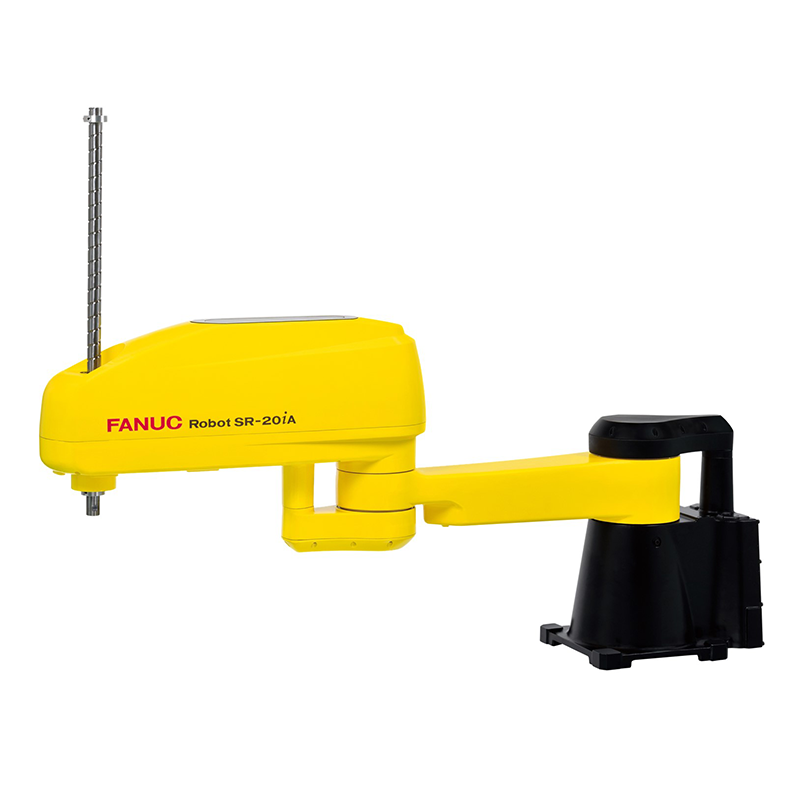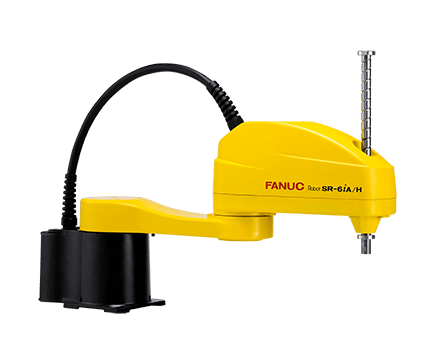SCARA Robots vs Articulated Robots





Selecting the right industrial robot for your operation is key for a successful automation process. Robot selection is mainly dependent on the type of application being automated. There are several different types of industrial robots available for automating manufacturing processes. Two of the most common are SCARA robots and articulated robots. Below is a look at the key features of each to help you determine which will be the best fit for your robotic automation needs.
Axes
Most SCARA robots consist of four axes; however, some have three axes. Fewer axes mean the FANUC SR-6ia along with other SCARA robots are simpler to control as there are fewer motors to program.Articulated robots can have three or more axes. The most common articulated robots are those with six axes. Six-axis robots are able to mimic motions of the human arm making them suitable for automating most production related processes. The FANUC M-20ia is a six-axis articulated robot.
Range of Motion
Since SCARA robots have fewer axes their range of motion is more limited than articulated robots. The X and Y axes of SCARA robots are flexible, but the Z axis is fixed, meaning they are selectively compliant.The range of motion for articulated robots depends upon how many axes they have. At minimum an articulated robot can move along the X, Y, and Z axes. A six-axis articulated robot has a full range of motion with the ability to move its robotic manipulator arm six different ways. Unlike SCARA robots which are selectively compliant, all axes of articulated robots are flexible.
Payload
SCARA robots are limited when it comes to payload capacity. Payloads are limited to 20 kg or less.Articulated robots come in a wide variety of payload capacities ranging from very light to incredibly heavy. The ABB IRB 140 is a light payload articulated robot, while the FANUC M-900ia/600 is one of the heavier lifting robots.
Reach
SCARA robots are also limited when it comes to reach with most around or under 1,000 mm. The FANUC SR-3ia has a short reach of just 400 mm.Articulated robots feature a wide variety of reaches. Short-arm articulated robots have reaches under 1,000 mm. Standard reaches for articulated robots may range from 1,000 mm to 2,000 mm. While articulated robot reaches over 2,000 mm are considered to be extended reach robots.
Speed
SCARA robots hold an advantage over articulated robots when it comes to speed. They are some of the fastest industrial robots. Since SCARA robots are smaller and have fewer axes than articulated robots, they are able to operate at greater speeds.Applications
SCARA robots have a limited selection of applications they can automate due to their axes, payload, and reach. SCARA’s are best for tasks with fast, repetitive motions. Their rigid Z axis makes them ideal for automating assembly applications. They can also automate pick and place, dispensing, packaging, 3D printing, inspection, and palletizing.Articulated robots are the most versatile with the ability to automate most manufacturing processes. Articulated robots can automate material handling, material removal, painting, assembly, welding, and machine tending among many other applications.
Robots Done Right is the place to start when it comes to used robots. Contact us if you are interested in buying or selling a used robot.